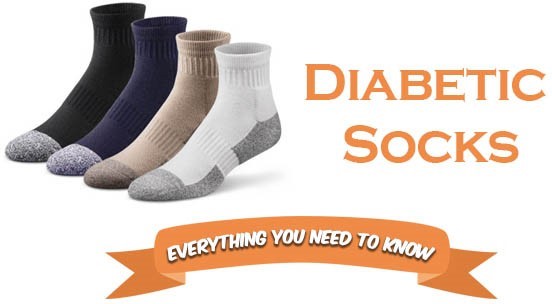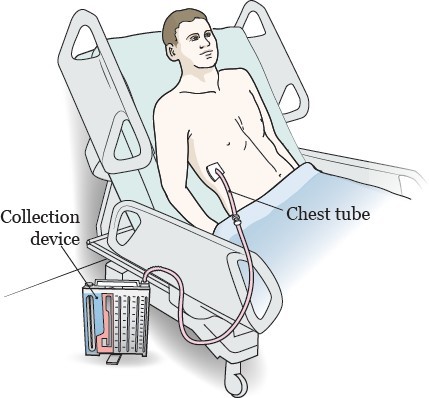A nurse is reviewing the medication list of a client who is being admitted with diabetes insipidus.
Which of the following medications places the client at an increased risk for developing diabetes insipidus?
Propranolol.
Atorvastatin.
Ranitidine.
lithium.
The Correct Answer is D
Lithium. Lithium is a medication that has been associated with an increased risk of developing diabetes insipidus. This is because lithium can interfere with the function of the kidneys and their ability to respond to antidiuretic hormone (ADH), which regulates the balance of fluids in the body.
Atorvastatin (choice B) is a medication used to lower cholesterol levels and has not been associated with an increased risk of diabetes insipidus.
Propranolol (choice A) is a beta-blocker used to treat high blood pressure and heart conditions and has not been associated with an increased risk of diabetes insipidus.
Ranitidine (choice C) is a medication used to reduce stomach acid production and has not been associated with an increased risk of diabetes insipidus.
Nursing Test Bank
Naxlex Comprehensive Predictor Exams
Related Questions
Correct Answer is A
Explanation
People with diabetes should wear cotton rather than nylon socks.

Cotton socks are more breathable and can help keep feet dry, reducing the risk of infection.
Choice B is not the answer because people with diabetes should never use a heating pad on their feet.
Choice C is not the answer because people with diabetes should avoid walking barefoot, even around the house.
Choice D is not the answer because people with diabetes should wash their feet every day in warm water with mild soap, not hot water and antibacterial soap.
Correct Answer is C
Explanation

The fluctuation of fluid in the water-seal chamber of a chest tube is known as tidaling and is caused by the changes in pressure within the chest during respiration.
Choice A is not correct because tidaling does not indicate an air leak.
Choice B is not correct because tidaling does not necessarily mean that the lung is fully re-expanded.
Choice D is not correct because suction pressure does not cause tidaling.
Whether you are a student looking to ace your exams or a practicing nurse seeking to enhance your expertise , our nursing education contents will empower you with the confidence and competence to make a difference in the lives of patients and become a respected leader in the healthcare field.
Visit Naxlex, invest in your future and unlock endless possibilities with our unparalleled nursing education contents today
Report Wrong Answer on the Current Question
Do you disagree with the answer? If yes, what is your expected answer? Explain.
Kindly be descriptive with the issue you are facing.
